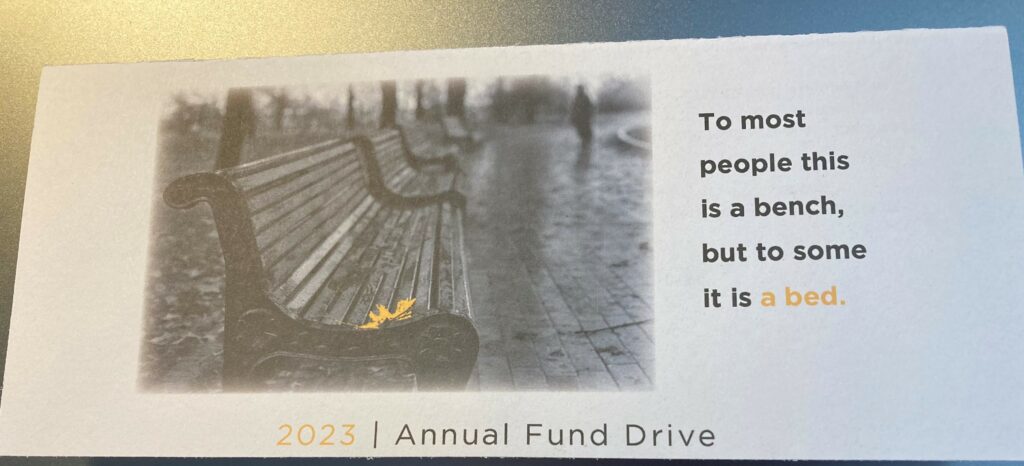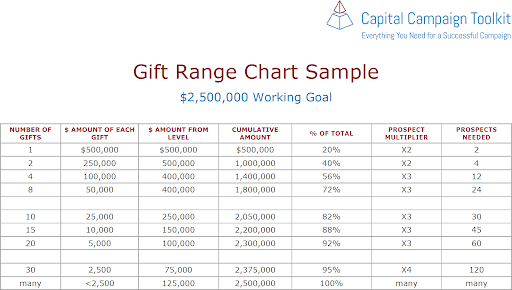Did you ever read the first line of a fundraising appeal and feel, “Wow, that is a wake-up call”?
That’s what happened to me when I opened the appeal letter from Pine Street Inn, the largest homeless services provider in New England.
To most people this is a bench, but to some it is a bed. Share on XThat’s what the first line of Pine Street Inn’s appeal said, and I couldn’t go on for a moment after that. I HAD to stop and think. I looked at that photo. My eyes rested on that orange leaf, a sign that the weather was turning cold. And eventually, in the background, I saw the shadowy figure of the person approaching the bench, to bed down for the night.
It was so powerful. And respectful.
Lots of nonprofits struggle with how to show the urgent needs of their clients without demeaning the clients themselves. It can be done! I’ve written before about how to tell a client’s story with their name and photo–and with their full consent–in a way that makes donors think of them as partners.
But Pine Street Inn managed to make me put myself in the place of that homeless person without even mentioning them individually. With that tag line, and that photo, they won my attention. So, when I opened the letter and the call to action said, “Will you help someone who is homeless?”, I was more inclined to say yes.
The appeal letter could have been even better if it had:
- Said “we” (meaning the organization) less often and “you” (meaning the donor) even more than it did.
- Called me by my first name.
- Spelled my last name right!
But the photo and the thought “To most people this is a bench, but to some it is a bed” have stayed with me long after the end-of-year appeal.
I picture that person walking over, perhaps wiping off the bench, wet from the rain. I picture them laying down a raincoat, or a sheet, or just their body on the hard wooden bench. I imagine them trying to fall asleep in the cold. Then, I see the light of morning as the sun rises and they are still outdoors.
It’s a wake-up call for donors.





